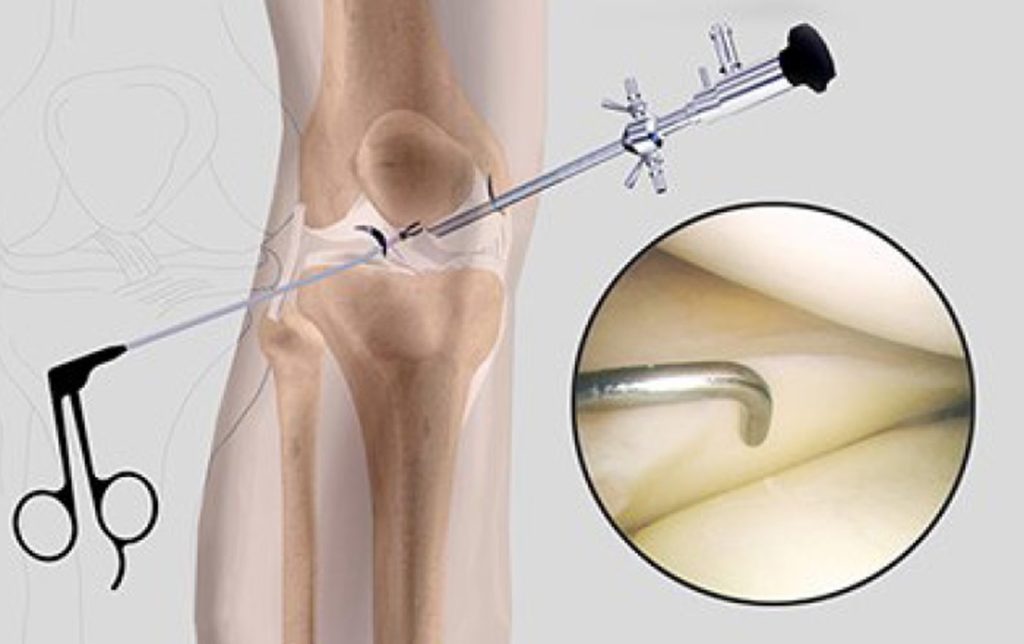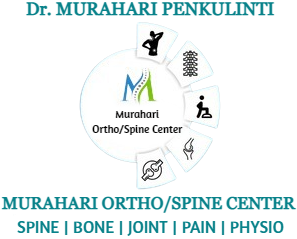Knee Arthroscopy

Knee arthroscopy is a very common minimally invasive surgical procedure. Minimally invasive procedures require smaller incisions (cuts) than traditional surgery. The incisions are about the size of a keyhole.
To treat injuries or structural problems, your healthcare provider inserts tiny tools through another incision. They use the tools to repair or remove damaged tissue.
Knee arthroscopy may relieve painful symptoms of many problems that damage the cartilage surfaces and other soft tissues surrounding the joint.
What conditions does knee arthroscopy treat?
Soft tissue injuries: Soft tissues include ligaments (they connect bones to bones) and tendons (they connect muscles to bones). Some of the most common knee injuries are bursitis, torn meniscus, patellar tendonitis, anterior cruciate ligament tear (ACL tear) and tears of the medial collateral ligament (MCL tear).
Fractures: Bones can break or chip off inside of your knee. Sometimes, pieces of cartilage (rubbery tissue that helps bones move against each other smoothly) can break off when your bone fractures.
Inflammation: The synovium inside a joint can become inflamed (swollen and irritated). Synovium is soft tissue on the inside of a joint.
